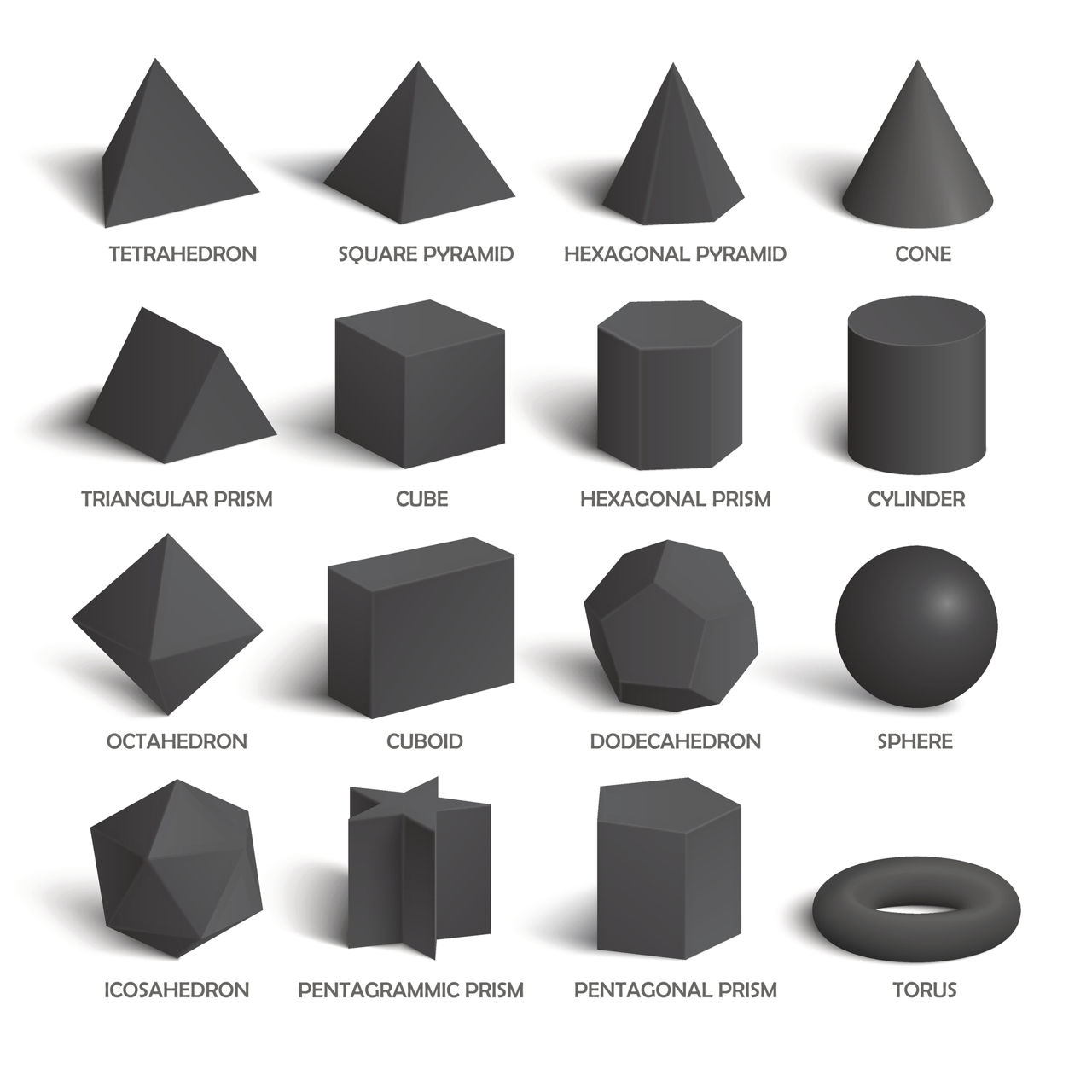


Two-Dimensional Geometric Shapes - 2D Geometric Shapes Observe the chart given below which represents different two-dimensional and three-dimensional geometric shapes. A triangle can be formed by joining three-line segments and so on. For example, by joining four line segments a rectangle shape is formed. Thus, based on the number and arrangement of the lines we can make different types of geometric shapes and figures. To draw any of these geometric figures, we need to start with a line, a curve, or a line segment. They are solid structures with 3 dimensions. The z-axis represents the height of the object. Three-dimensional geometric shapes: These are 3D shapes that have an x-axis, y-axis, and z-axis.For example, triangle, square, rectangle, etc. They are flat structures with 2 dimensions. Two-dimensional geometric shapes: These are 2D shapes that have only the x-axis and y-axis.There are two types of geometric shapes, classified as: When an object or a shape is connected with both ends it is considered a closed geometric shape. 3D figures are more complex, and consist mainly of vertices, edges, faces, etc.In geometry, when an object or a shape is not connected with both ends, it is considered an open geometric shape. In many polygonal 2D figures, the convex ones have angles less than 180 degrees, whereas, the concave shapes have at least one angle greater than 180 degrees. They can either be convex (regular appearance) or concave (irregular) appearance. 2D shapes and figures mainly consist of points and connecting lines, which form the shape. The former can be drawn with reference to the X and Y axes, whereas, the latter also includes the Z axis. Any known body or materialistic entity in the entire universe can be said to be present in the form of a geometric shape.īasically, there are two types of geometric shapes: two dimensional (2D) and three dimensional (3D).

If the shapes of two objects are same or similar, they are said to be congruent to each other. As the parameters differ, so do the shape types. Simply said, geometric shapes are characterized as the external orientations of the objects under consideration. The appearance or form of an object or a body which remains stable or is constant under specific normal conditions is called the geometric shape of that object. Several reports suggest that the Egyptians had their own version of the Pythagorean theorem even before Pythagoras formulated it. The field of geometry and associated studies of shapes and figures reportedly originated first in the Indus River Civilization and the Babylonian Civilization around 3000 BC.


 0 kommentar(er)
0 kommentar(er)
